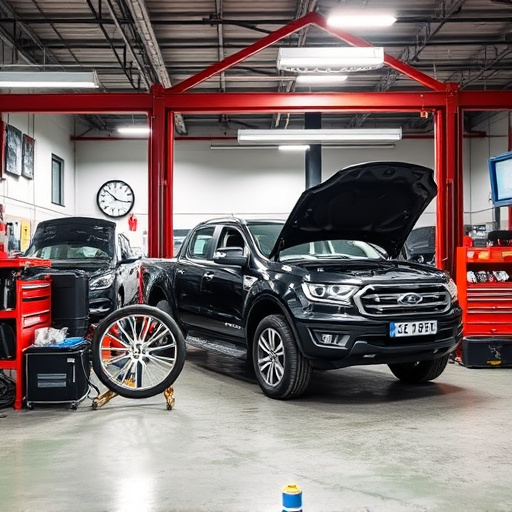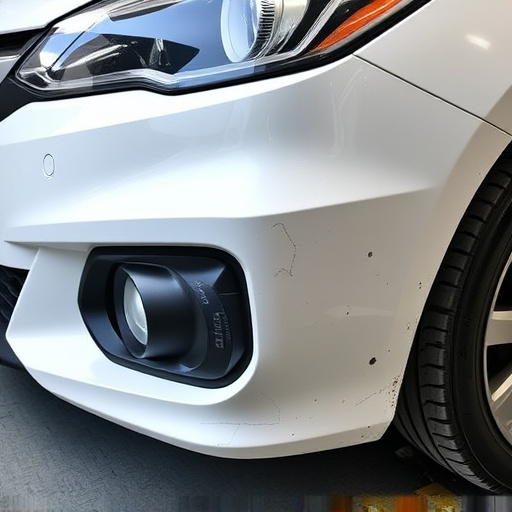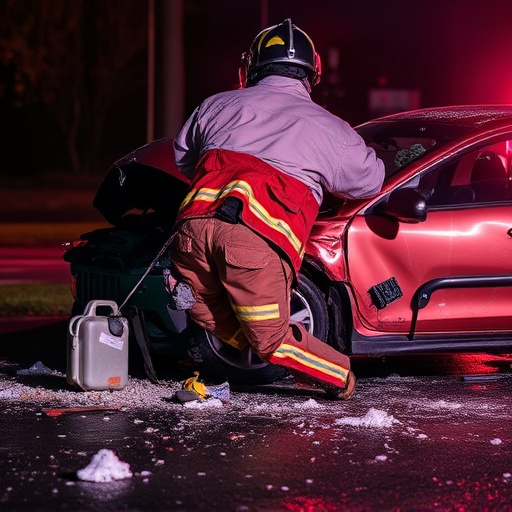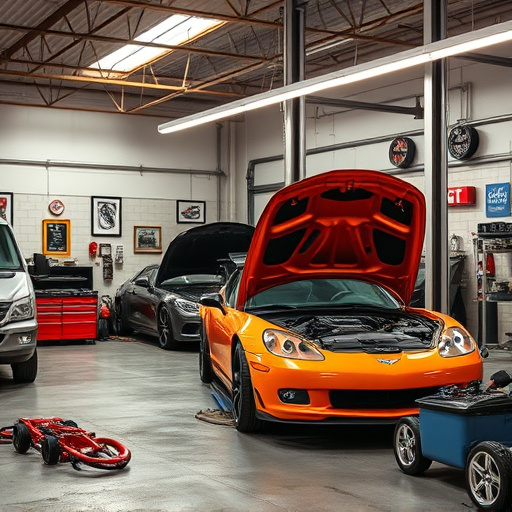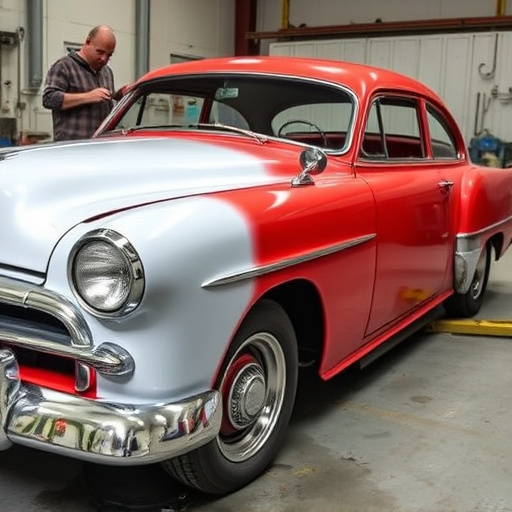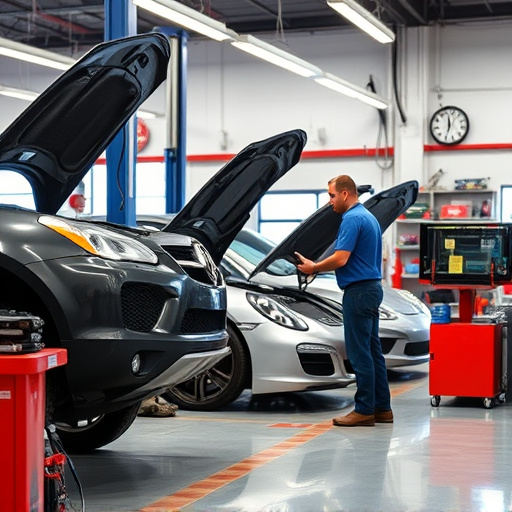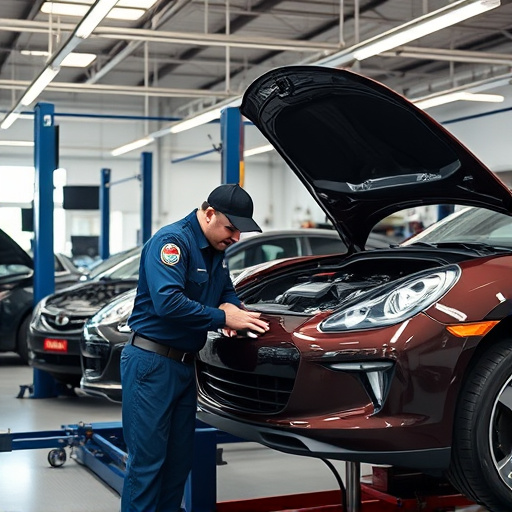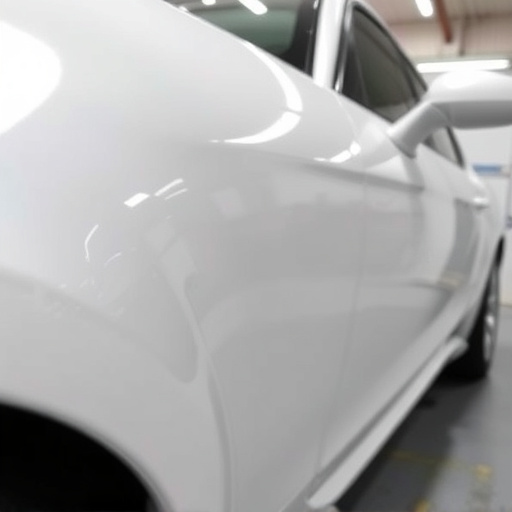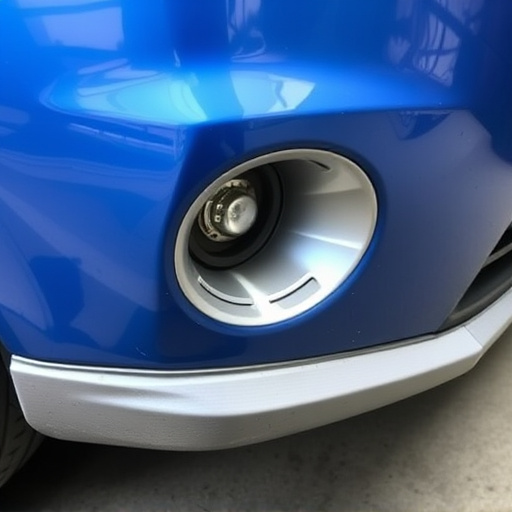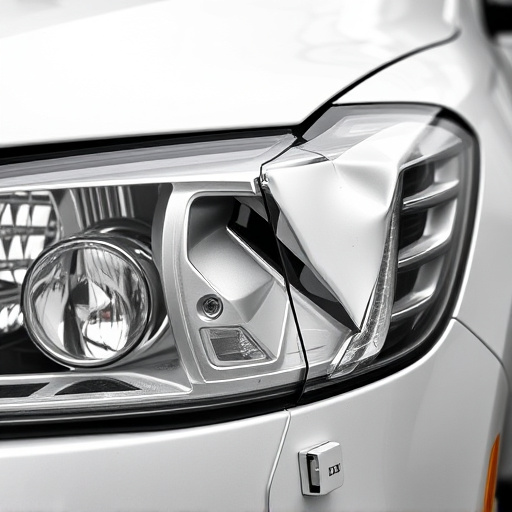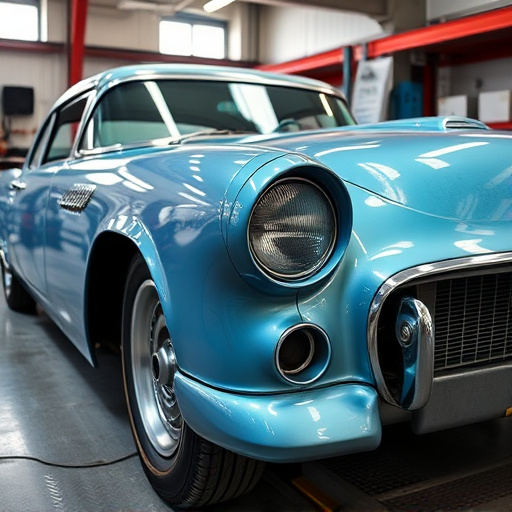Collision damage repair goes beyond surface fixes, addressing hidden structural and cosmetic issues using advanced tools like high-intensity lights, mirrors, thermal imaging cameras, and ultrasound. Today, CAD software and 3D imaging enhance detection and assessment, ensuring comprehensive and efficient repairs that restore vehicles to pre-accident condition, prioritizing safety and customer satisfaction.
In the realm of collision damage repair, hidden damage often goes unnoticed, lurking beneath the surface. This insidious issue can wreak havoc on vehicle integrity, compromising safety and resale value. Understanding how to detect concealed scuffs, cracks, and deformations is paramount for both professionals and car owners. With advanced technology revolutionizing assessment techniques, this article delves into the intricacies of identifying hidden damage, providing insights that empower informed decisions in collision repair.
- Understanding Hidden Damage in Cars
- Techniques for Detecting Disguised Scuffs and Cracks
- The Role of Advanced Technology in Collision Repair Assessment
Understanding Hidden Damage in Cars
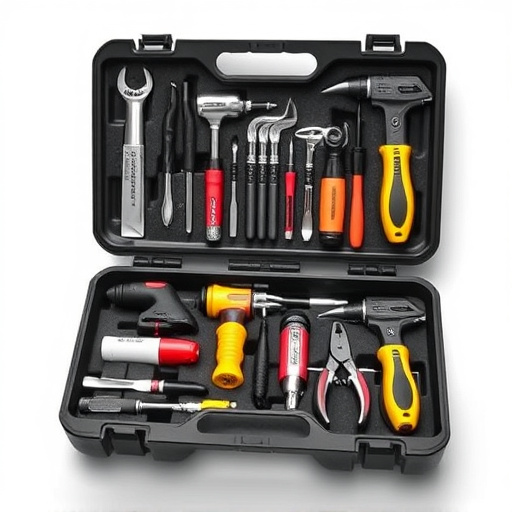
Hidden damage in cars refers to structural or cosmetic issues that aren’t immediately visible upon a surface inspection. These can result from collisions, even minor ones, and go beyond what’s evident to the naked eye. Collision damage repair professionals are trained to recognize these subtle signs, which often require specialized tools and expertise to detect.
While auto painting and vehicle dent repair are common services associated with collision damage repair, addressing hidden damage is crucial for ensuring a vehicle’s safety and structural integrity. Automotive repair services that focus on thorough inspections and meticulous repairs help restore vehicles to their pre-collision condition, safeguarding both passengers and the road.
Techniques for Detecting Disguised Scuffs and Cracks
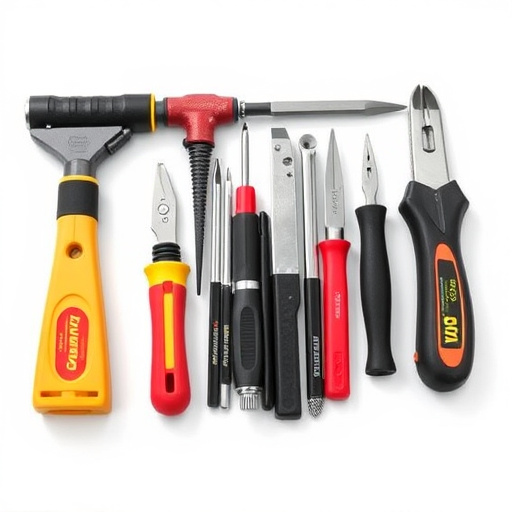
In the realm of collision damage repair, mastering the art of uncovering hidden issues is a skill that sets apart the experts from the rest. One such challenge lies in detecting disguised scuffs and cracks that might not be immediately apparent upon visual inspection. Autobody repairs require a keen eye for detail, as even the slightest imperfection can impact the overall quality of the restoration.
Specialized techniques have been developed to expose these hidden defects. For instance, high-intensity lights and mirrors are used to highlight areas of irregularity, revealing scuff marks that might be concealed by shadows or curved surfaces. Advanced imaging technologies, such as thermal imaging cameras, can detect temperature variations indicative of underlying damage. Additionally, pressure sensors and ultrasound tools play a pivotal role in identifying hidden cracks within the vehicle’s body panels, ensuring that every dent repair and fleet repair service is comprehensive and accurate.
The Role of Advanced Technology in Collision Repair Assessment
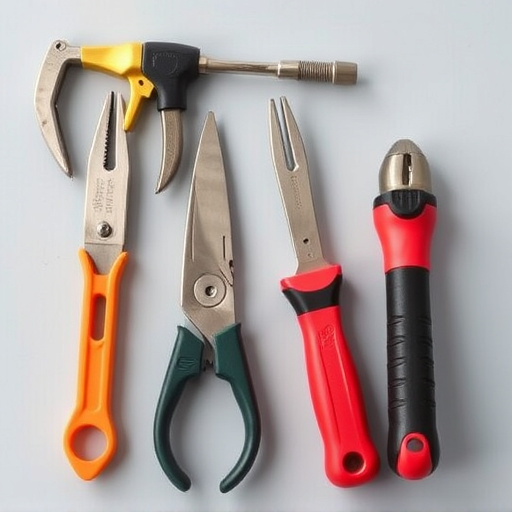
In today’s digital era, advanced technology has revolutionized collision damage repair. Tools like computer-aided design (CAD) software and 3D imaging allow for precise assessments, enabling repair centers to identify even hidden or hard-to-detect damage. These technologies provide a detailed tapestry of the vehicle’s state, helping to uncover subtle issues that might be overlooked during visual inspections alone.
By integrating these innovative solutions, collision repair centers can offer more accurate and comprehensive collision damage repair. Moreover, they can ensure that vehicles are restored to their pre-accident condition, enhancing safety and customer satisfaction. This advanced assessment process also streamlines the hail damage repair or any other type of collision repair services provided, making the entire experience more efficient for both the repair specialists and the vehicle owners.
Hidden damage in collision damage repair can no longer go unnoticed. With advanced technology and sophisticated detection techniques, professionals are equipped to uncover disguised scuffs, cracks, and other subtle imperfections. By employing these innovative methods, collision repair shops ensure comprehensive assessments, providing clients with transparent and accurate estimates. This, in turn, enhances customer satisfaction and the overall quality of auto body restoration services.
